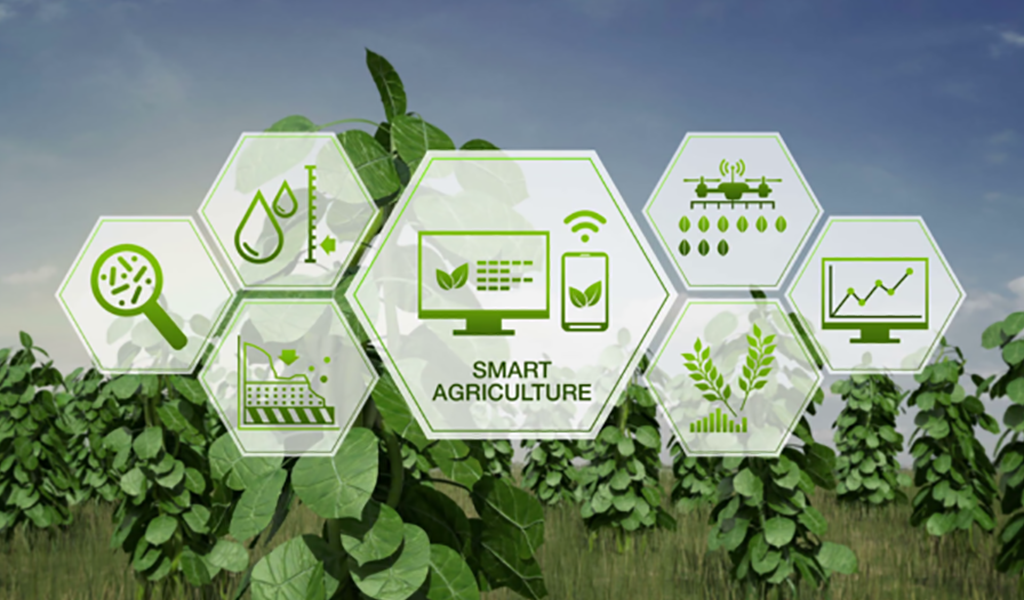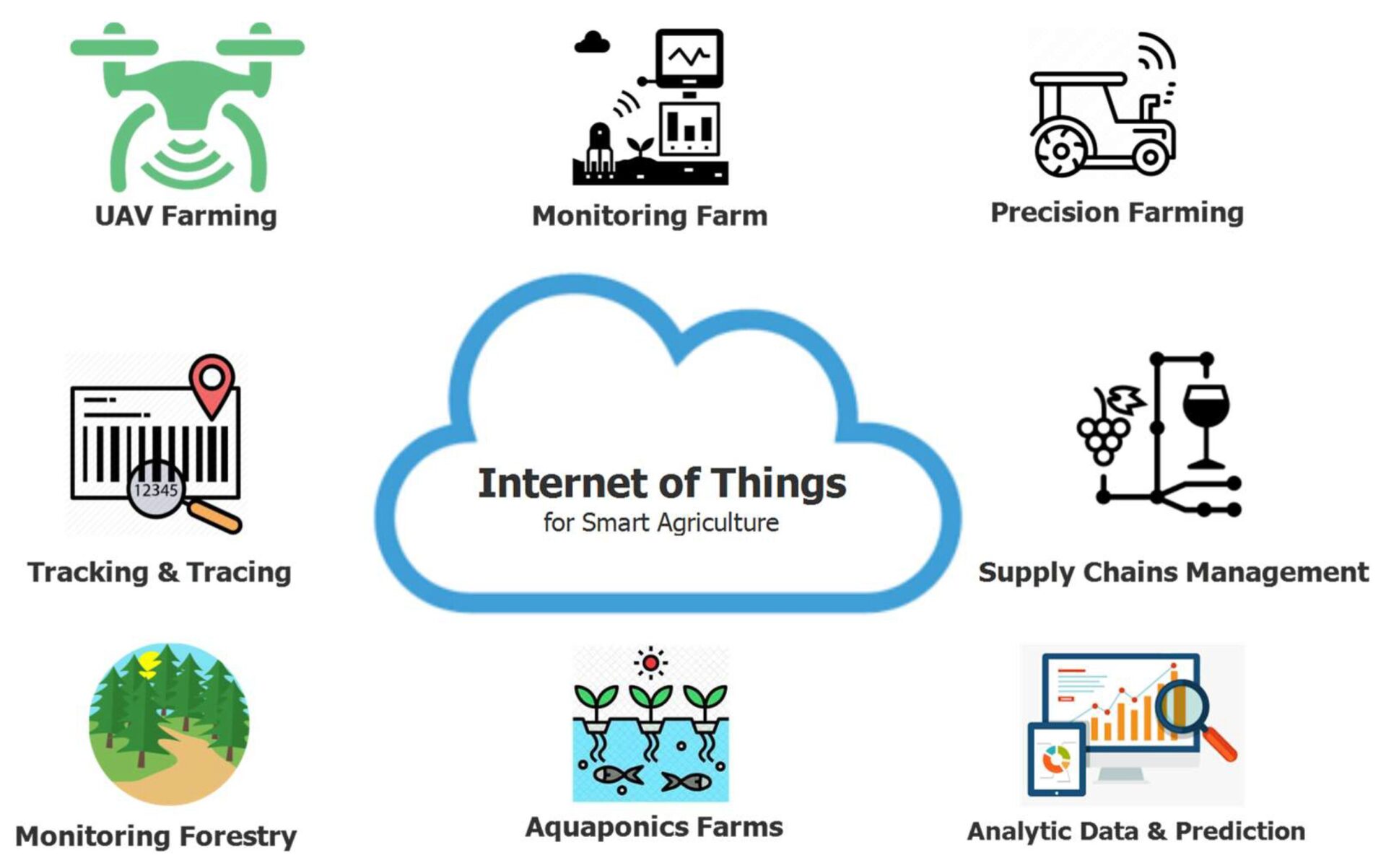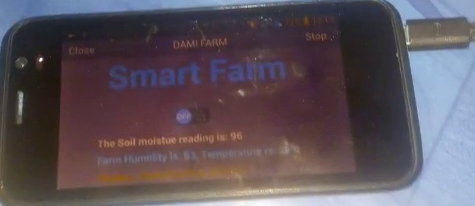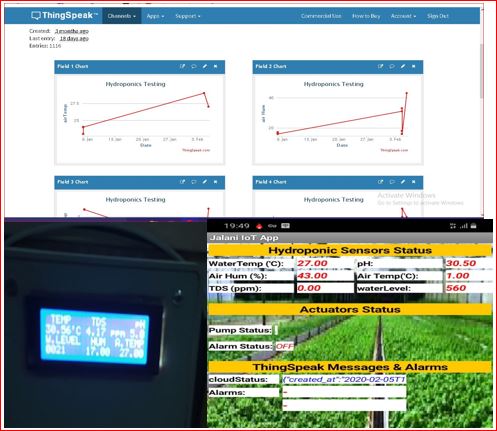In today’s globalized economy, agricultural exports play a crucial role in feeding the world and supporting national economies. However, ensuring the safety, quality, and origin of these products across complex supply chains is a significant challenge.

Read More: Eugenics in Medicine: How Science Perpetuated Racism
This is where the Internet of Things (IoT) comes in, revolutionizing traceability in agricultural exports and building trust between producers and consumers worldwide.
The Challenges of Traceability in Traditional Agricultural Exports
Traditional methods of tracking agricultural products often rely on paper-based records, which are prone to errors, loss, and manipulation. This lack of transparency can lead to several issues:
- Food Safety Concerns: Difficulty in tracing the source of contamination during outbreaks.
- Fraud and Counterfeiting: Mislabeling of products regarding origin, quality, or certifications (e.g., organic, fair trade).
- Supply Chain Inefficiencies: Delays and difficulties in tracking shipments, leading to spoilage and losses.
- Lack of Consumer Trust: Consumers are increasingly demanding transparency about the origin and production methods of their food.
How IoT Improves Traceability
IoT technology offers a robust and reliable solution for enhancing traceability throughout the agricultural export supply chain.

Read More: Why Men’s Mental Health is Ignored: The Stigma Behind ‘Man Up’
By connecting physical objects to the internet, IoT enables real-time monitoring and tracking of products from farm to fork. Key IoT technologies used for traceability include:
- Sensors: Various sensors monitor environmental conditions (temperature, humidity, light) during transportation and storage, ensuring product quality and preventing spoilage.
- GPS Tracking: Enables real-time location tracking of shipments, providing visibility into their movement and preventing theft or diversion.
- RFID Tags and Barcodes: Unique identifiers attached to individual products or batches, allowing for easy tracking at each stage of the supply chain.
- Blockchain Technology: Used in conjunction with IoT, blockchain creates an immutable record of all transactions and data points, enhancing transparency and security.
Benefits of IoT-Enabled Traceability
- Enhanced Food Safety: Rapid identification of contaminated products and efficient recalls, minimizing public health risks.
- Reduced Fraud and Counterfeiting: Verifying the authenticity and origin of products, protecting producers and consumers.
- Improved Supply Chain Efficiency: Real-time tracking and monitoring optimize logistics, reduce delays, and minimize losses due to spoilage.
- Increased Consumer Trust: Providing transparent information about product origin, production methods, and certifications, building consumer confidence.
- Compliance with Regulations: Meeting international food safety and traceability standards, facilitating market access.
- Data-Driven Insights: Collecting data throughout the supply chain provides valuable insights for optimizing processes and improving efficiency.
Real-World Applications
Several examples showcase the successful implementation of IoT for traceability in agricultural exports:

Read More: Sleep Hygiene 101: Creating a Restful Environment for Better Rest
- Tracking Fruit Shipments: Sensors monitor temperature and humidity during transportation to ensure fruit quality and prevent spoilage.
- Tracing Seafood Products: RFID tags and blockchain are used to track fish from catch to consumer, combating illegal fishing and ensuring sustainable sourcing.
- Monitoring Meat Products: IoT sensors monitor temperature and other critical parameters during processing and transportation to ensure food safety.
- Tracing Coffee Beans: RFID tags and GPS tracking are used to track coffee beans from farm to roaster, ensuring fair trade practices and verifying origin.
The Future of IoT in Agricultural Export Traceability
As technology continues to advance, we can expect even more sophisticated and integrated traceability solutions. Future trends include:

Read More: See What Eating Egg Will do to your Body: A Nutritional Powerhouse
- Increased use of AI and Machine Learning: Analyzing data from IoT sensors to predict potential issues and optimize supply chain operations.
- Integration with other technologies: Combining IoT with blockchain, big data analytics, and other technologies to create comprehensive and secure traceability systems.
- Greater adoption by smallholder farmers: Making IoT solutions more accessible and affordable for smaller producers, enabling them to participate in global markets.
By enhancing transparency, security, and efficiency in agricultural export supply chains, IoT is playing a crucial role in ensuring food safety, building consumer trust, and promoting sustainable trade practices. As adoption continues to grow, IoT is poised to transform the future of agricultural exports.

